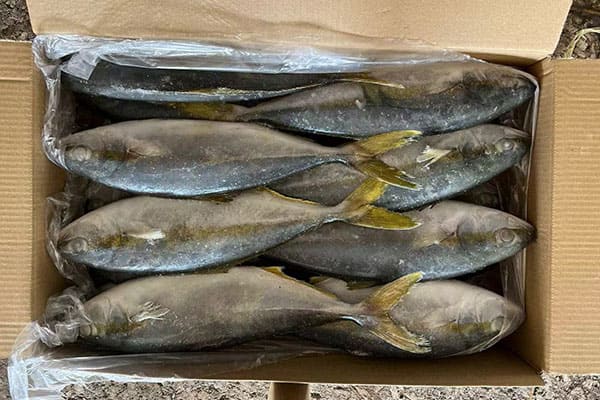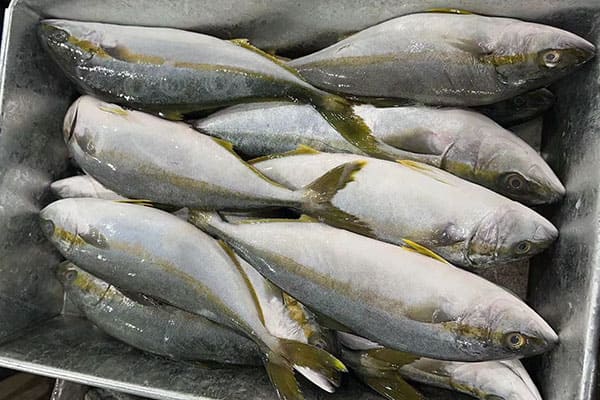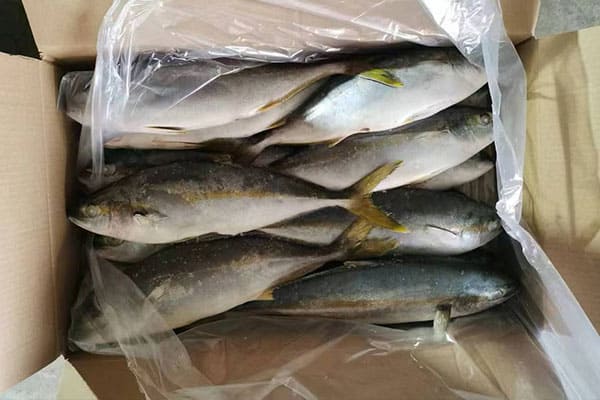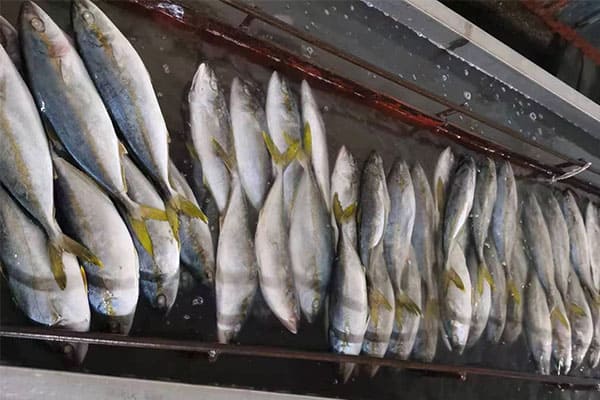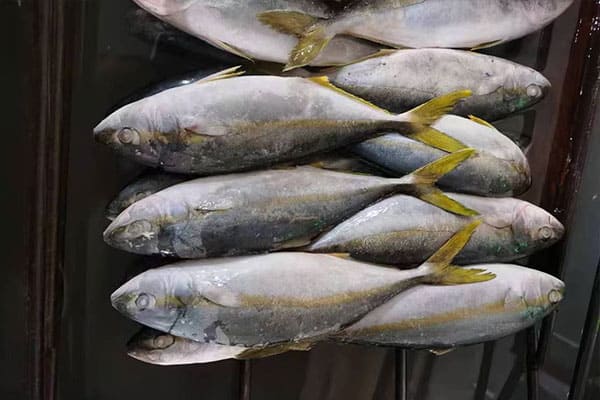Yellowtail fish comes from various warm and temperate waters, primarily in the Pacific Ocean. I’ve always been impressed by how far they travel, making them a global favorite for seafood enthusiasts, suppliers, and importers looking for quality fish.
Yellowtail fish is often found off the coasts of Japan, parts of California, and other Pacific regions. These fish prefer warm currents and thrive in environments with plentiful food sources, allowing them to grow rapidly. As a result, they’re a popular choice for fish buyers, wholesalers, and restaurants worldwide—particularly those seeking a balance of rich flavor and firm texture.
Let’s explore the story behind this fascinating fish.
Why Does Yellowtail Thrive in Pacific Waters?
Yellowtail fish typically swim along the Pacific coastlines, taking advantage of temperate currents.
They flourish in these nutrient-rich waters, feeding on small fish and squid, which boost their growth and delicious taste.
- Because yellowtail prefer warmer climates, you’ll often find them in subtropical zones. Whether you’re sourcing from local fishermen or importers, it’s crucial to know their habitat for best-quality supply.
How Does Japan Influence the Global Yellowtail Market?
Japan has a deep culinary history with yellowtail fish—locally known as “buri.”
Many popular dishes, like hamachi sashimi, rely on its clean, rich flavor.
- Japan’s aquaculture advancements and large-scale farming techniques ensure a reliable, year-round supply of yellowtail. Producers carefully monitor water conditions to maintain quality, making them a go-to choice for yanghuafishery and other suppliers seeking consistent inventory for wholesalers and restaurants.
Are There Other Regions Known for Yellowtail Fishing?
Though Japan plays a signif role, other regions also harvest yellowtail.
Places like California and Mexico have wild-caught yellowtail, while Australia and New Zealand are known for smaller-scale aquaculture efforts.
- California’s offshore waters, for instance, are rich in plankton and baitfish, giving yellowtail the nutrients they need to grow. Meanwhile, aquaculture projects in Australia and New Zealand focus on sustainability and traceability, ensuring each fish is raised responsibly. For a frozen fish factory, these different sources can offer diverse taste profiles and price points, appealing to both small local markets and big proveedores seeking volume.
How Can You Be Sure You’re Getting Quality Yellowtail?
Choosing premium yellowtail boils down to supplier reliability and farming practices.
When buying, look for certifications and transparent sourcing, especially if you’re an importer like Doucoure, who wants a stable supply without sacrificing freshness.
- Evaluating water quality, feed, and growth conditions is key. At Yanghuafishery, we prioritize these elements, ensuring every fillet meets international standards like FDA, BRC, and ASC. This diligence allows us to maintain consistent taste, texture, and size—factors that matter to every wholesaler, restaurant, or retail customer.
Where Exactly Is Yellowtail Raised and Caught?
Yellowtail can be either wild-caught or farmed in coastal pens. Let’s dive deeper into where these fish come from:
H3: Major Wild-Catch Locations
- California Coast: Warm currents and abundant baitfish.
- Mexico’s Pacific Waters: Rich feeding grounds, large migratory populations.
- Australia & New Zealand: Smaller-scale but pristine environments.
H3: Major Farming Regions
- Japan: Leader in yellowtail aquaculture, leveraging advanced techniques.
- China: Growing production for local and export markets.
- Chile: Emerging as a new frontier in marine fish farming.
| Region | Fishing Method | Aquaculture Presence | Notes |
|---|---|---|---|
| Japan | Wild & Farmed | Established | Known for sashimi-grade quality |
| California | Wild | Limited | Seasonal availability |
| Mexico | Wild | Expanding | Abundant fish, good feeding grounds |
| Australia/NZ | Wild & Farmed | Smaller-scale | Pristine waters, strong regulations |
Beyond location, the handling process—like chilling, icing, or freezing—also influences final quality. This is where a reputable partner can make all the difference. For importers or distributors seeking stable, top-quality fish, forging relationships with reliable suppliers in these regions ensures a steady pipeline of delicious yellowtail.
And because every region has its unique approach to raising or catching yellowtail, you can experiment with different flavor profiles and textures to satisfy a broad customer base. For instance, a fish raised in Japan’s aquaculture might be fattier, while one caught off California’s coast might taste slightly leaner but carry a distinct, wild-caught flair.
Conclusion
Yellowtail fish primarily hails from the Pacific, with Japan, California, Mexico, and Australia leading the charge. You can enjoy a consistent supply of this flavorful fish by choosing trusted sources and keeping tabs on local farming or fishing conditions. At Yanghuafishery, we work tirelessly to connect you with premium yellowtail that meets your needs.

